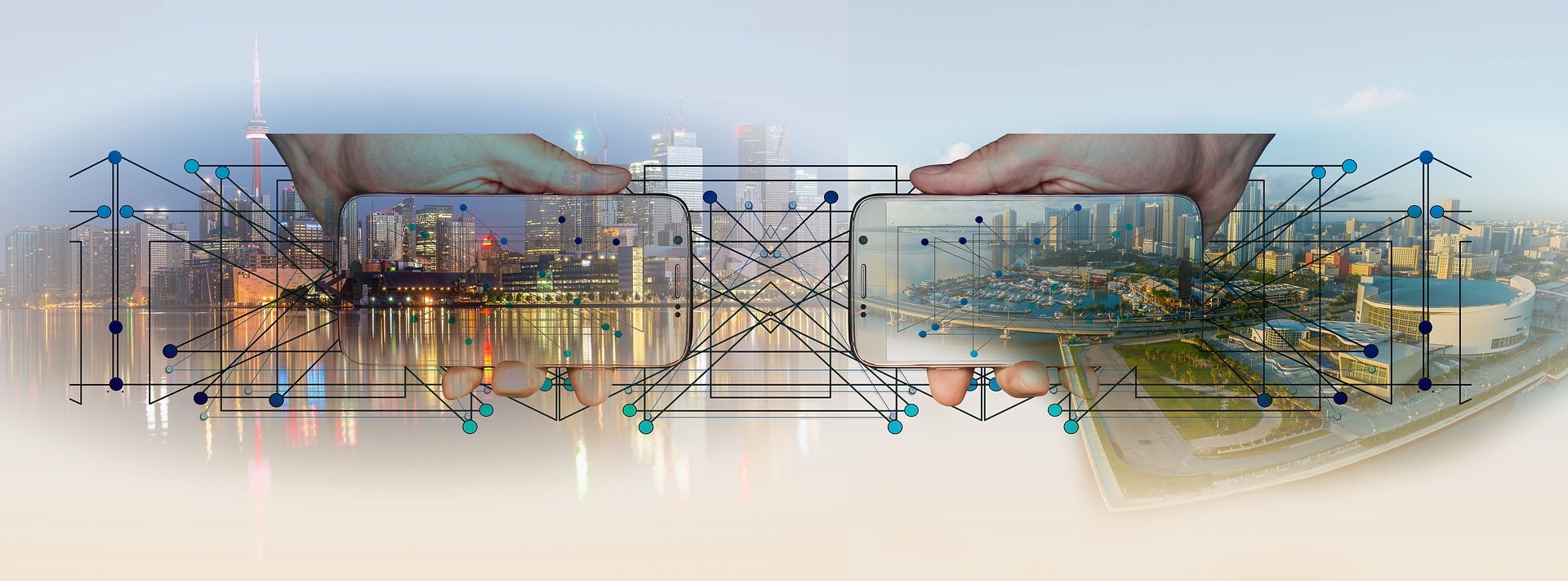These days the smartphones are take over a wide range of our day to day tasks and are integrating themselves into consumer habits and we use them daily to do more and more. In essence, they have become commonplace tools, easily accessible and available. Most of us are being exposed to an endless number of applications developed for smartphones and we are using them an an integral part of our daily lives. This is the result of an enormous number of uses, all sorts of possibilities and of the incredible processing power of a smartphone, which allow developers to create incredibly complex applications, including of course the FinestGov.com™ Platform and Application.
The FinestGov.com™ Platform, uses the everyday smartphone as a data gathering and as a reporting tool for field workers, out of the office employees and mobile contractors, and unlike older field worker supervision systems, which employed their own specific hardware for managing and supervising field workers utilizing the employees own device is a lot more efficient, is easier for the employees and is cheaper for the employers. FinestGov.com™ can and does develop and can provide additional devices, tablets and phones for various unique applications including added security for those customers that absolutely require it, but most customers today can let the employees choose their device of choice.
section tool of choice for the FinestGov.com™ platform holds many advantages, which include:
- Using a (computer) screen and a keyboard to monitor routes and introduce deviations or unusual events
- Built-in NFC technology: a reliable technology based on proximity and not physical touch
- Real-time data communication platform for reporting tasks and special events
- The ability to change routes and to send new tasks in real-time by the field worker supervisor
- Emergency calls (panic button) – speed dialing function to the service center and calling at any given time
- Using the built-in camera to record unusual events related to checkpoints
- Sharing and using third-party software within the application, WAZE for navigation, etc.
- Using GPS to track the precise location reports or the nearest location in cases of low signal
- Using the camera flash as a flashlight when needed
- Using the smartphone’s sensors to record falls or other movements (of the device and the employee)
- Low cost (already owned by most employees)
Using a proprietary hardware platform, similarly to using a pen and paper to record data, for a field worker as a reporting tool severely limits the functionality of the systems and its effectiveness for the following reasons:
- Most popular devices working only off-line, without the ability to connect to the server during work ( no ability to send and to receive data)
- The data from the device is uploaded only at the end of the shift; the manager has no way to know what is going on in real time
- The most popular devices only save tag data and reading times. they cannot report, photograph and record or notify the management or others about unusual events
- Planned routes cannot be reviewed due to the lack of a screen and a keyboard
- It cannot provide real-time responses to unforeseen events in the field
- Complete isolation between the field worker and the service center or management staff
- Require physical contact between the device and the button installed at the checkpoint
- The data uploading and downloading process is unwieldy, requires the physical presence of the device and its connection to the communication basket
- High system costs for the employees
